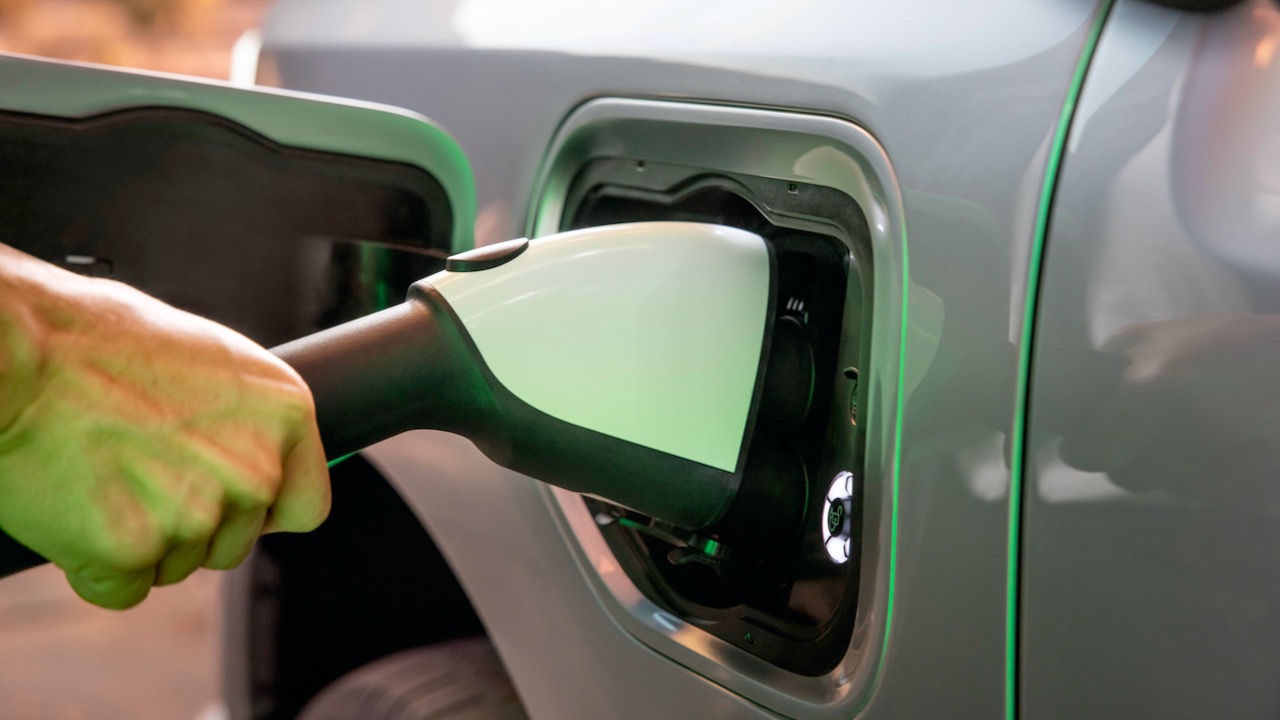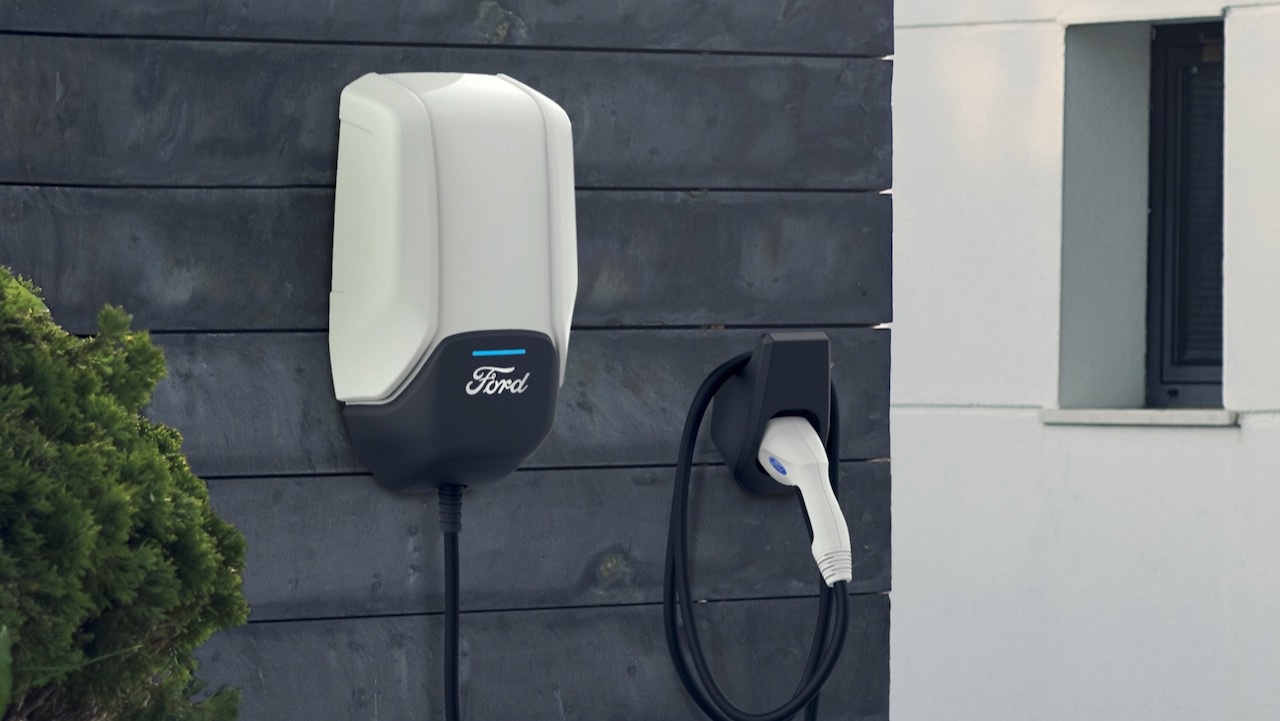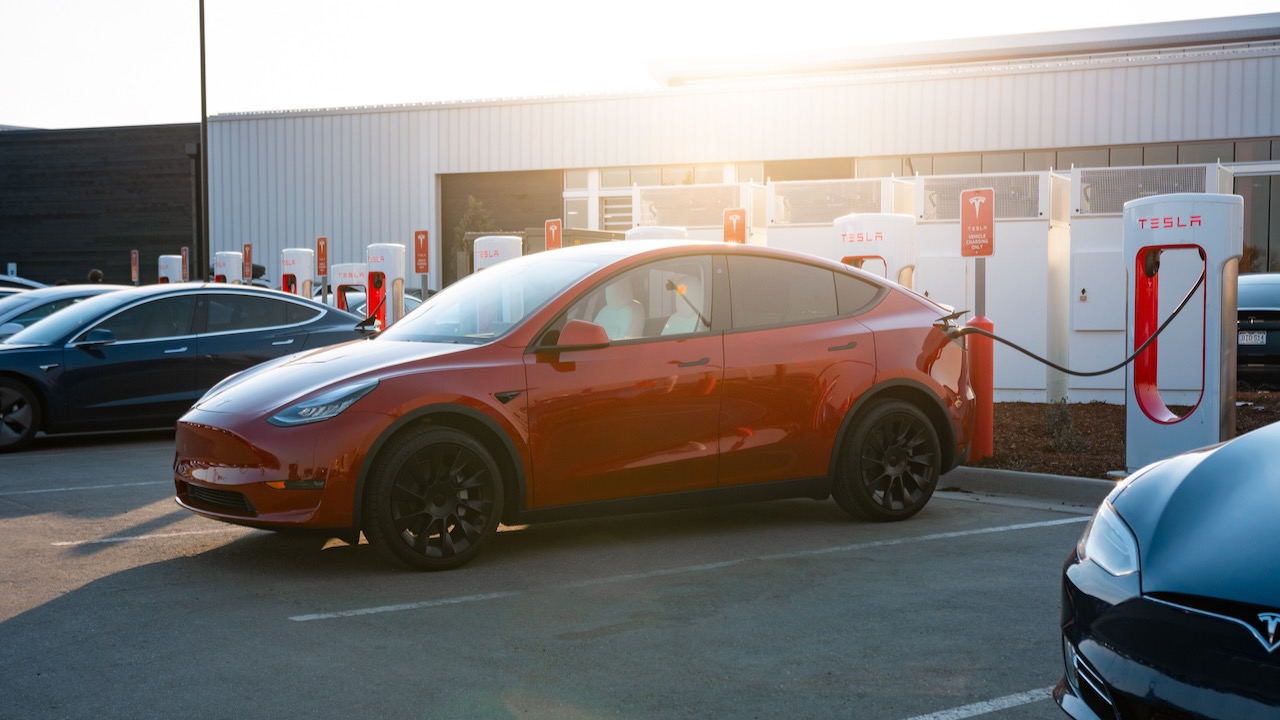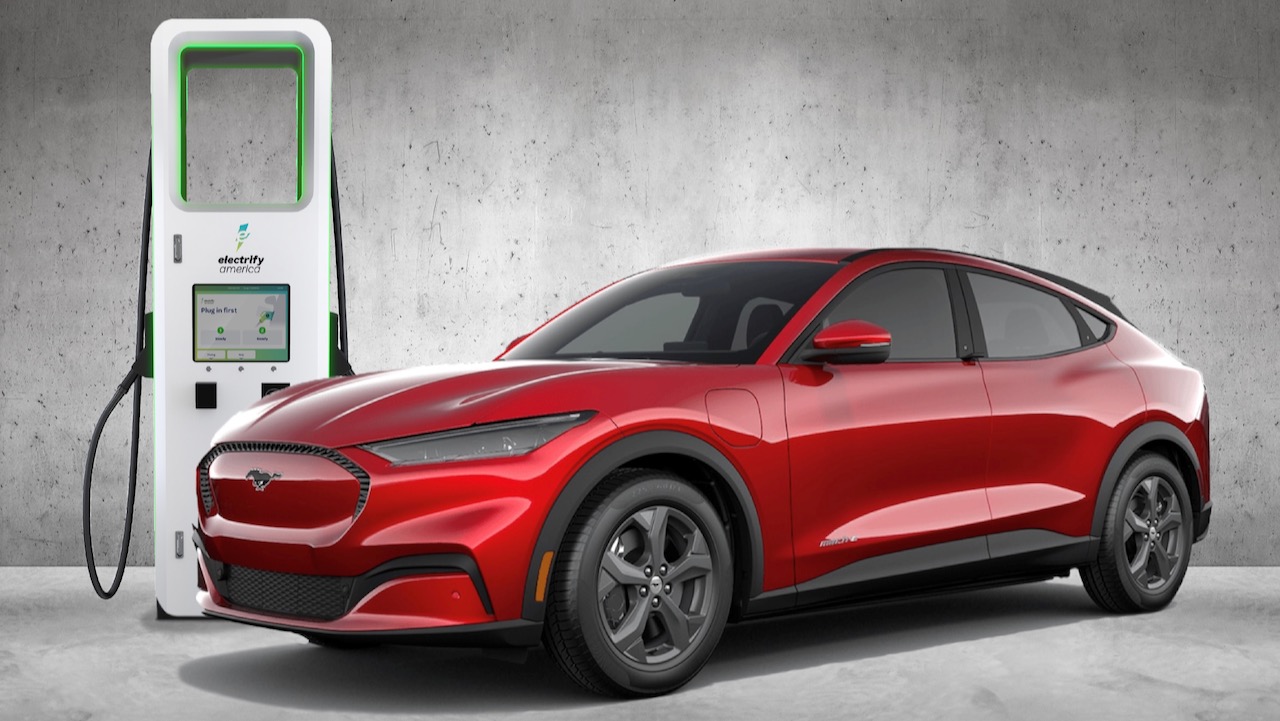Not all electric cars are made equal. We are still living in the dawn of the EV, in which charging technologies are not yet fully standardized and the different EV battery capacities and charging methods make for a wide range of charging times.

The first fact the owner of an EV must be aware of is that the time it will take to fully recharge the battery of their vehicle will never be as short as the time it takes to fill up a gas tank or even to charge their iPhone. Technology may eventually get there, but it won’t happen soon.
The two main factors affecting the time it takes for an EV to get fully charged are the power source charging level and the capacity of the charger built into the vehicle. Let’s take a look.
Levels of EV charging
There are three levels of EV charging, simply known as Level 1, Level 2, and Level 3. The higher the level, the faster the EV will charge its battery. So far very easy, right? But what do these levels mean?
Level 1: This is the type of charging you get when you plug your EV into your regular 120-volt household outlet, the same one you plug your computer, cell phone, or toaster into. Level 1 charging makes for impractically long charging times, since the battery acquires somewhere between three to five miles of range per hour of charge. This means, for example, that the owner of a rear-wheel drive extended range Ford Mustang Mach-E will have to wait about 75 hours to fully charge their vehicle. Not exactly enticing.
Level 2: This is when you plug your EV into a 240-volt outlet, the same one used to power your dryer. EV owners will be best served installing Level 2 charging equipment at their home, since it’s capable of charging the vehicle up to 10 times faster than a Level 1 setup. Level 2 charging can provide between 12 and 80 miles of range per hour of charge, which means that most EVs will be fully charged overnight. Most charging stations found in office buildings, malls, and other public facilities offer Level 2 charging.

Level 3: Also known as “fast charging,” or “Supercharging” in the case of Tesla, Level 3 charging provides between 3 and 20 miles of range per minute. This is achieved by providing DC power straight into the battery, instead of an AC current that the car’s built-in charger then converts to DC, as is the case with Levels 1 and 2. Typically, a fast-charging session does most of its charging during the first 15 to 30 minutes, reaching close to 80% of range in that time, only to slow down significantly in order to prevent battery degradation. Fast chargers are often found in public places.

Charger capacity
An EV’s built-in charger is the device that converts the AC electric current from the power source to the DC electricity that is stored in the battery. These chargers are normally rated in kilowatts, so ideally when you divide the battery capacity by charger rating, you get the number of hours needed to charge the vehicle. For example, with a 10.5-kW charger and an 88-kWh battery, the Ford Mustang Mach-E GT would take 8.4 hours to charge from a fully depleted battery in a Level 2 power source, provided, of course, that the power source can output the 10.5 kW that the charger is designed to handle. Otherwise, the car will charge as fast as the power source can provide electricity. In any case, in most scenarios the car will be charged overnight.

These numbers will always be an approximation because they can be affected by several factors like the health of the battery, how depleted the battery is, and especially how cold it is. According to Recurrent, in order to protect the battery, “many cars limit the charging voltage when the battery is cold.” That’s why it is advisable to condition or warm up the battery before charging on cold days. Cold weather also negatively affects the EV’s range, which will make for more frequent charging sessions during winter weather.
So, the question “how long does it really take to charge an electric car?” does not have a one-size-fits-all answer, but one thing is for sure, as technology progresses and EVs become more efficient in their use of power, EVs’ ranges will grow longer and charging times will get shorter.
Editors' Recommendations
- Need design inspo? 9 modern living room ideas you’ll love
- What you need to know about bamboo flooring before you buy
- Replacing your doors and windows? This is what you should buy, according to an expert
- What colors go with gray? How to make a neutral hue pop in your home
- What colors go with brown? How to make this seemingly drab hue look glam in your home




